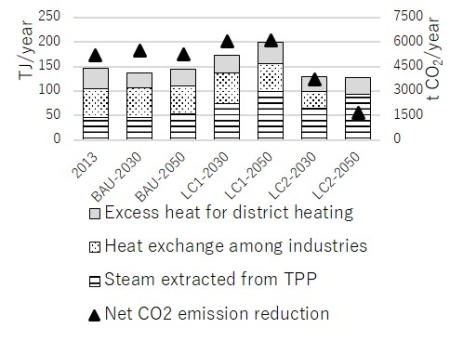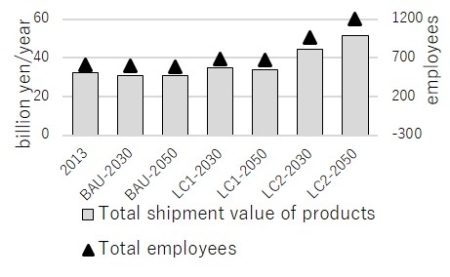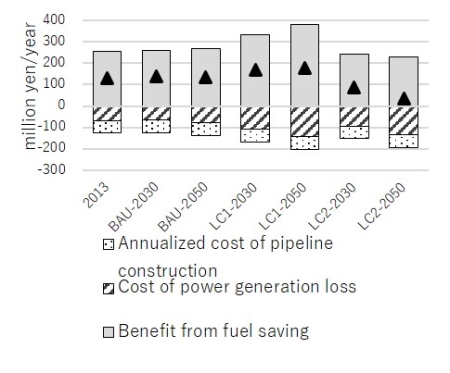論文情報
Potential of Waste Heat Exchange Considering Industrial Location Changes: A Case of Shinchi-Soma Region in Fukushima, Japan
著者:Yi DOU1,2, Minoru FUJII1, Tsuyoshi FUJITA1, Kei GOMI3, Seiya MAKI1, Hiroki TANIKAWA2
1国立環境研究所 社会環境システム研究センター
2名古屋大学大学院 環境学研究科
3国立環境研究所 福島支部
発表年:2017
掲載雑誌:土木学会論文集G(環境)
キーワード
Industrial Symbiosis, industrial location, waste heat, sustainable development, Fukushima
概要
Urban sustainable development has been one of the most important issues in the global society, wherein industrial sector plays a critical role who not only contributes in mitigating global climate change but also promoting continuous economic growth so as to deal with the challenges of ageing and depopulation. The emerging methodology named Industrial Symbiosis (IS) provides a two-pronged approach to enhance the competitive advantages of products through exchanging byproducts and heat be-tween nearby industries. However, geographic proximity and supply-demand matching are two critical factors affecting the benefits from implementing IS. This study aims to develop an assessment method to analyze the potential of waste heat exchange in an industrial park considering location changes of factories. The Shinchi-Soma region of Fukushima Prefecture, Japan, is selected as case area where was suffered from the Great East Japan Earthquake in 2011 and now is in revitalization so that positive industrial policy and land use adjustment is practicable. Results indicate that the preference on inducing high heat demand factories for using more waste heat can indeed enlarge the CO2 emission reduction but job creation is quite limited, while locating employee intensive factories can create more jobs but limit the CO2 emission reduction. Consequently, local policies for industrial development should carefully adapt with this trade-off. It is expected to conduct a wide-area intergovernmental cooperation on optimal industrial locations for gaining double benefit in economic growth and environmental improvements.
図をクリックすると拡大します
図をクリックすると拡大します







